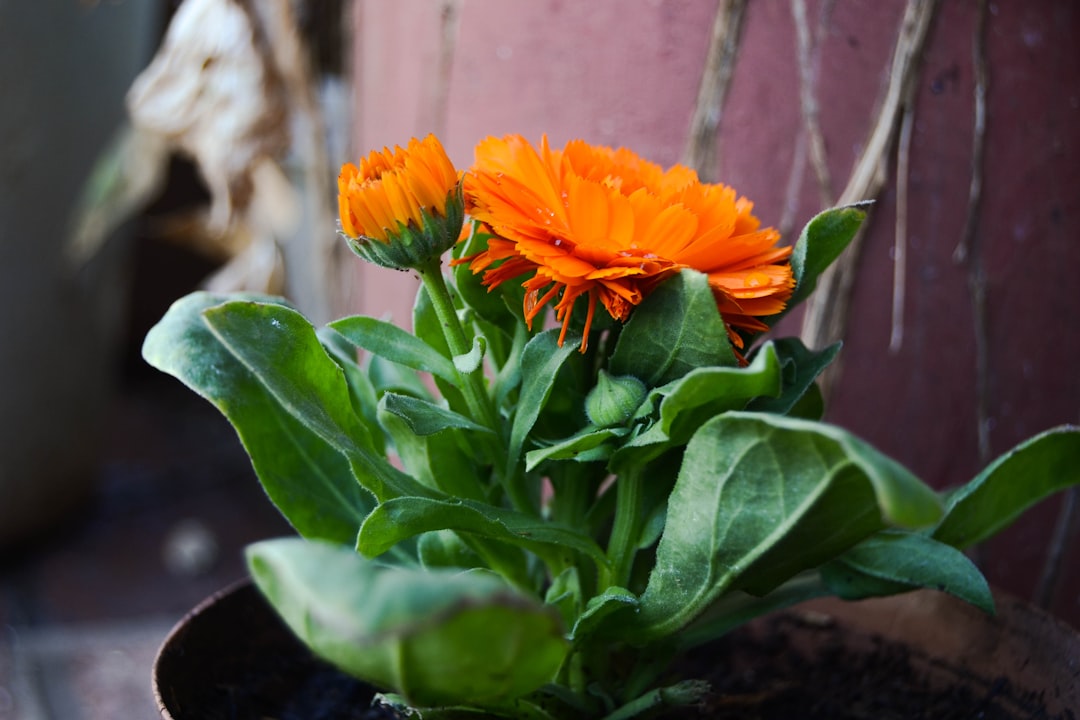The Secret to Keeping Your Blooms Fresh: Cold or Room - Temperature Water

Flowers are nature's beautiful gift, adding color, fragrance, and a touch of elegance to any space. Whether you're a professional florist, an avid gardener, or simply someone who loves to have fresh flowers in their home, understanding the best way to care for your blooms is essential. One crucial aspect of flower care that often gets overlooked is the type of water used. According to professional florists, cold or room - temperature water is best for your flowers, and in this article, we'll explore why.
First, let's understand the basic biology of flowers. Flowers are living organisms, and like all living things, they need water to survive. When you cut a flower, it is suddenly separated from its natural water source, the roots in the soil. To keep the flower alive and looking fresh, it must be able to absorb water through its stem. The process of water absorption in flowers is called transpiration. Water is drawn up through the stem and into the petals and leaves, keeping them hydrated and turgid.
Now, why is cold or room - temperature water better than warm water? One of the main reasons is related to the rate of transpiration. Warm water can cause the flowers to transpire more rapidly. While this might seem like a good thing at first, as it means the flower is taking in more water, it can actually lead to problems. Rapid transpiration can cause the flower to lose water faster than it can replace it, leading to wilting. In addition, warm water can also speed up the growth of bacteria and fungi in the water. These microorganisms can clog the stem of the flower, preventing it from absorbing water properly and causing the flower to die prematurely.
Cold water, on the other hand, slows down the rate of transpiration. This allows the flower to absorb water at a more controlled pace, reducing the risk of wilting. Cold water also inhibits the growth of bacteria and fungi. Most bacteria and fungi thrive in warm, moist environments, and by using cold water, you can create an environment that is less hospitable to these harmful microorganisms. As a result, the flower's stem remains clear, and it can continue to absorb water effectively.
Room - temperature water is also a great option. It provides a balance between the benefits of cold water and the fact that it is more convenient. Room - temperature water is not too cold to shock the flower, and it also doesn't encourage the rapid growth of bacteria and fungi like warm water does. It is a middle - ground solution that works well for most types of flowers.
When it comes to different types of flowers, some may have specific water temperature preferences. For example, tropical flowers such as orchids and anthuriums may prefer slightly warmer water, but still not as warm as hot water. These flowers are used to a warmer climate, and cold water may be too much of a shock for them. However, even for tropical flowers, room - temperature water is usually a safe bet.
On the other hand, many common garden flowers like roses, tulips, and daisies do well with cold or room - temperature water. Roses, for instance, are known to last longer when placed in cold water. The cold water helps to keep the petals firm and reduces the risk of the flower drooping. Tulips also benefit from cold water, as it helps to keep their stems straight and their blooms upright.
To ensure that your flowers get the best possible care, there are a few additional steps you can take when using cold or room - temperature water. First, make sure to change the water regularly. Even with cold or room - temperature water, bacteria and fungi can still grow over time. Changing the water every two to three days will help to keep the water clean and the flower healthy. Second, trim the stems of the flowers before placing them in the water. This removes any damaged or clogged parts of the stem, allowing the flower to absorb water more easily. Use a sharp, clean pair of scissors or pruning shears to make a clean cut at an angle.
In conclusion, the choice of water temperature can have a significant impact on the lifespan and appearance of your flowers. By following the advice of professional florists and using cold or room - temperature water, you can keep your blooms looking fresh and beautiful for longer. Whether you're arranging a bouquet for a special occasion or simply brightening up your home with a vase of flowers, remember that the right water temperature is a key factor in flower care. So, the next time you bring home a bunch of flowers, reach for the cold or room - temperature water and give your blooms the best chance at a long and healthy life.